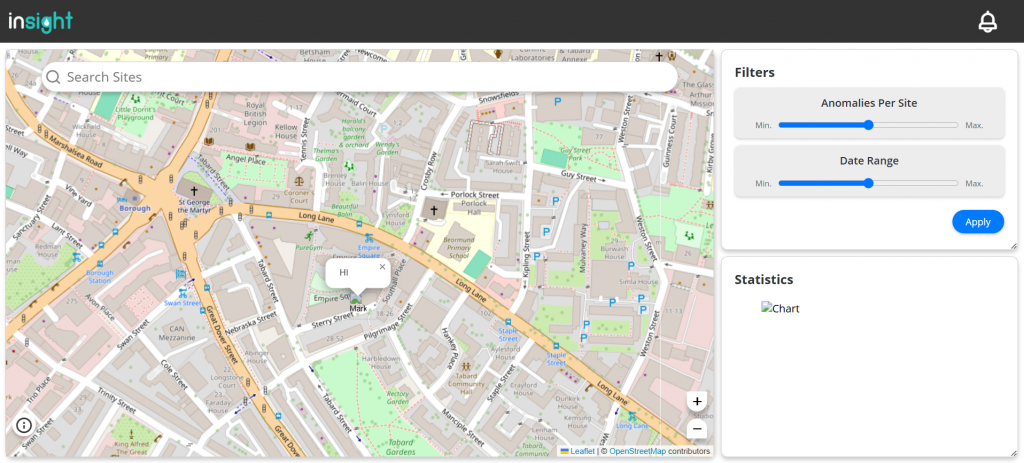This week, our team made significant progress across all fronts, refining our pipeline and strengthening our model’s capabilities. As a team, we successfully presented QRB 1 and began preparing slides for QRB 2 and the FDR documentation. Meanwhile, work continued programming the UI frontend, ensuring a seamless and user-friendly experience.
The UI team took a significant step forward by initiating the programming pipeline, successfully automating and integrating it with the model output. This achievement streamlines the process, making it more efficient and scalable. On the feature engineering (FE) side, the team reworked the CHAMPS preprocessing scripts, optimizing them for smoother data handling. Additionally, they refined the training process by allowing more flexibility in using feature engineering columns, ensuring more adaptable model training.

The machine learning (ML) team also made substantial advancements, introducing an ensemble anomaly matrix and developing an ensemble batch model training script. These enhancements improve anomaly detection by leveraging multiple models for more robust predictions. Another key milestone was the automation of synthetic data injection, making it easier to test and validate models under controlled conditions. The team also formatted the output for anomaly detection, ensuring consistency and clarity in results.
Further strengthening our dataset, the FE team incorporated additional spatial features, including region segmentation, population size, gender ratio, and median household income. These enhancements provide more contextual data, helping the model make more informed predictions.
Our project is becoming increasingly refined and automated with these developments, bringing us closer to a fully functional and efficient anomaly detection system. We’re looking forward to continuing this momentum in the coming weeks. See you next time!